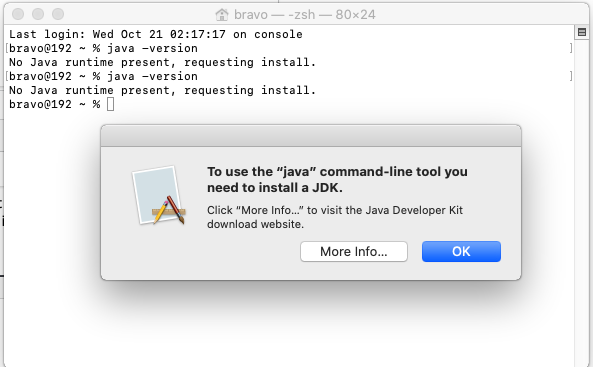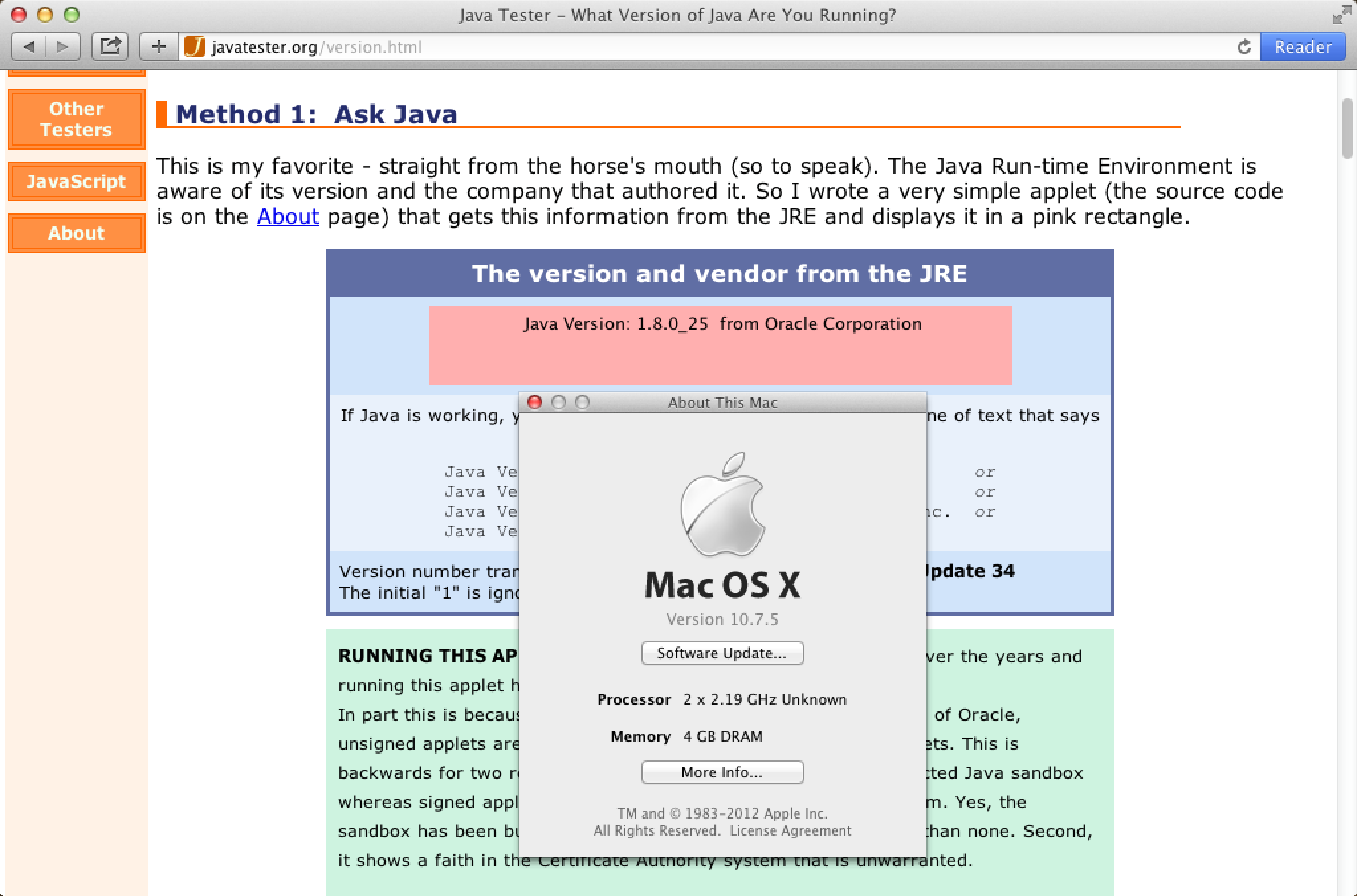Download and install the latest open-source JDK. Production-ready OpenJDK JDK 17 binaries for Linux, macOS. JDK for Mac ReadMe. This release of the JDK is a developer-only version. You can use it to create Java applications and includes the new JavaFX 2.2 client stack.
See JDK 7 and JRE 7 Installation Guide for general information about installing JDK 7 and JRE 7.
See the Mac OS X Platform Install FAQ for general information about installing JDK 7 on Mac OS X.
Contents
System Requirements
- Any Intel-based Mac running Mac OS X 10.7.3 (Lion) or later.
- Administrator privileges.
Note that installing the JDK on a Mac is performed on a system wide basis, for all users, and administrator privileges are required. You cannot install Java for a single user.
Installing the JDK also installs the JRE. The one exception is that the system will not replace the current JRE with a lower version. To install a lower version of the JRE, first uninstall the current version.
Jdk 1.6 Download 64 Bit
JDK 7 Installation Instructions
Installation of the 64-bit JDK on Mac Platforms
When you download the Java Development Kit (JDK), the associated Java Runtime Environment (JRE) is installed at the same time. The JavaFX SDK and Runtime are also installed and integrated into the standard JDK directory structure.
Depending on your processor, the downloaded file has one of the following names:
- jdk-7u<version>-macosx-amd64.dmg
- jdk-7u<version>-macosx-x64.dmg
Where <version> is 6 or later.
1. Download the file. Before the file can be downloaded, you must accept the license agreement.
2. From either the Downloads window of the browser, or from the file browser, double click the .dmg file to launch it.
3. A Finder window appears containing an icon of an open box and the name of the .pkg file Double click the package icon to launch the Install app.
4. The Install app displays the Introduction window. Click Continue.
4a. Note that, in some cases, a Destination Select window appears. This is a bug, as there is only one option available. If you see this window, select Install for all users of this computer to enable the continue button. Click Continue.
5. The Installation Type window appears. Click Install.
Install macos big sur on unsupported macs mac. You’re on your own if you try to run Big Sur on a Mac that doesn’t otherwise support it. Want to run macOS Big Sur but don’t have a computer on the list of officially compatible Macs with macOS 11?If you’re an advanced user who is familiar with running unsupported system software on unsupported hardware and is feeling adventurous, there are some solutions to get macOS Big Sur up and running on unsupported Macs, but it’s nowhere near that simple or straightforward as installing Big Sur is on an officially supported Mac.The approach mentioned here is perhaps the best-documented one that uses a “primitive USB patcher” applied to a USB boot disk. It’s pretty well documented on the patches github page, but by no means for the average user.
6. A window appears which says 'Installer is trying to install new software. Type your password to allow this.' Enter the Administrator login and password and click Install Software.
Jdk Mac Download
7. The software is installed and a confirmation window appears. Click the ReadMe for more information about the installation.
After the software is installed, delete the dmg file if you want to save disk space.


Determining the Default Version of the JDK

A: If you have not yet installed Apple's Java Mac OS X 2012-006 update, then you are still using a version of Apple Java 6 that includes the plug-in and the Java Preferences app. See Note for Users of Macs that Include Apple Java 6 Plug-in.
There can be multiple JDKs installed on a system – as many as you wish.
When launching a Java application through the command line, the system uses the default JDK. It is possible for the version of the JRE to be different than the version of the JDK.
You can determine which version of the JDK is the default by typing java -version in a Terminal window. If the installed version is 7u6, you will see a string that includes the text 1.7.0_06. For example:

To run a different version of Java, either specify the full path, or use the java_home tool:
For more information, see the java_home(1) man page.
Uninstalling the JDK
To uninstall the JDK, you must have Administrator privileges and execute the remove command either as root or by using the sudo(8) tool.
Navigate to /Library/Java/JavaVirtualMachines and remove the directory whose name matches the following format:*
For example, to uninstall 7u6:
Aug 06, 2021 To download Mac OS X El Capitan from the App Store, follow the link: Download OS X El Capitan. On the El Capitan, click the Download button. Next, a file Install OS X El Capitan will download into the Applications folder. When the download is over, the installer will launch automatically. Brief Guide For Download El Capitan. Jun 11, 2021 Safari uses these links to find the old installers in the App Store. After downloading from the App Store, the installer opens automatically. MacOS Catalina 10.15 can upgrade Mojave, High Sierra, Sierra, El Capitan, Yosemite, Mavericks; macOS Mojave 10.14 can upgrade High Sierra, Sierra, El Capitan, Yosemite, Mavericks, Mountain Lion. El capitan app store download link for pc. If you go back to this link: Upgrade to OS X El Capitan - Apple Support. And then click on this in the link: Clicking on that particular link will get you to another page which will ask you to open the app store. Once open, you should see this: More Less. Nov 22, 2016 8:29 PM.
Do not attempt to uninstall Java by removing the Java tools from /usr/bin. This directory is part of the system software and any changes will be reset by Apple the next time you perform an update of the OS.
*The 7u4 and 7u5 releases were installed into a directory that does not follow this format. To uninstall 7u4 or 7u5, remove the 1.7.0.jdk directory from the same location.

Comments are closed.